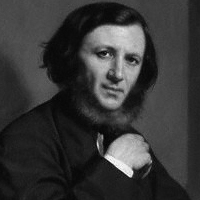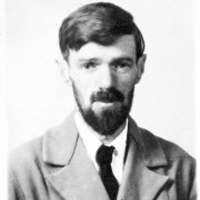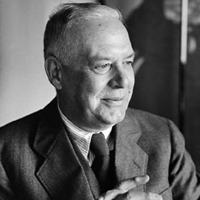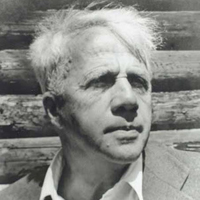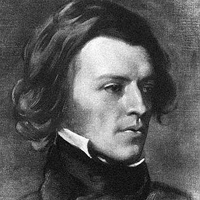The Bishop Orders His Tomb at St. Praxed's Church by Robert Browning: Summary and Analysis
The poem, 'The Bishop Orders His Tomb at St. Praxed's Church' begins with dramatic setting. An anonymous bishop lives on the verge of death. His sons who are most probably either his nephews or devotees, come around his bed without any interaction. They stand around his deathbed and listen to his speech.
